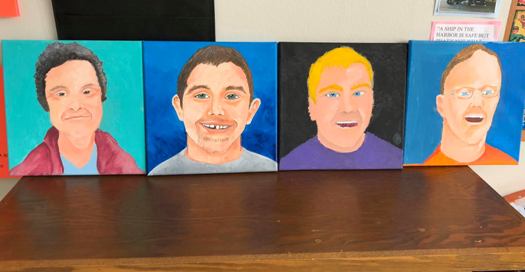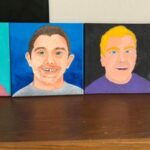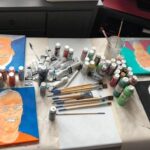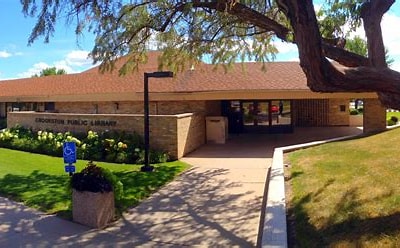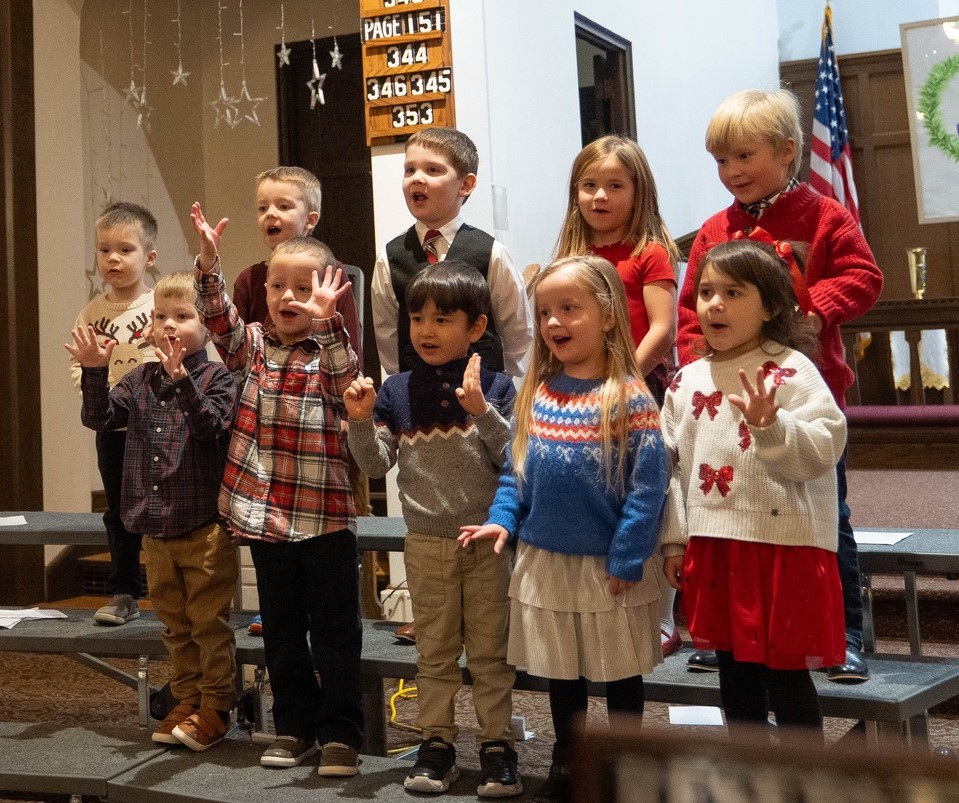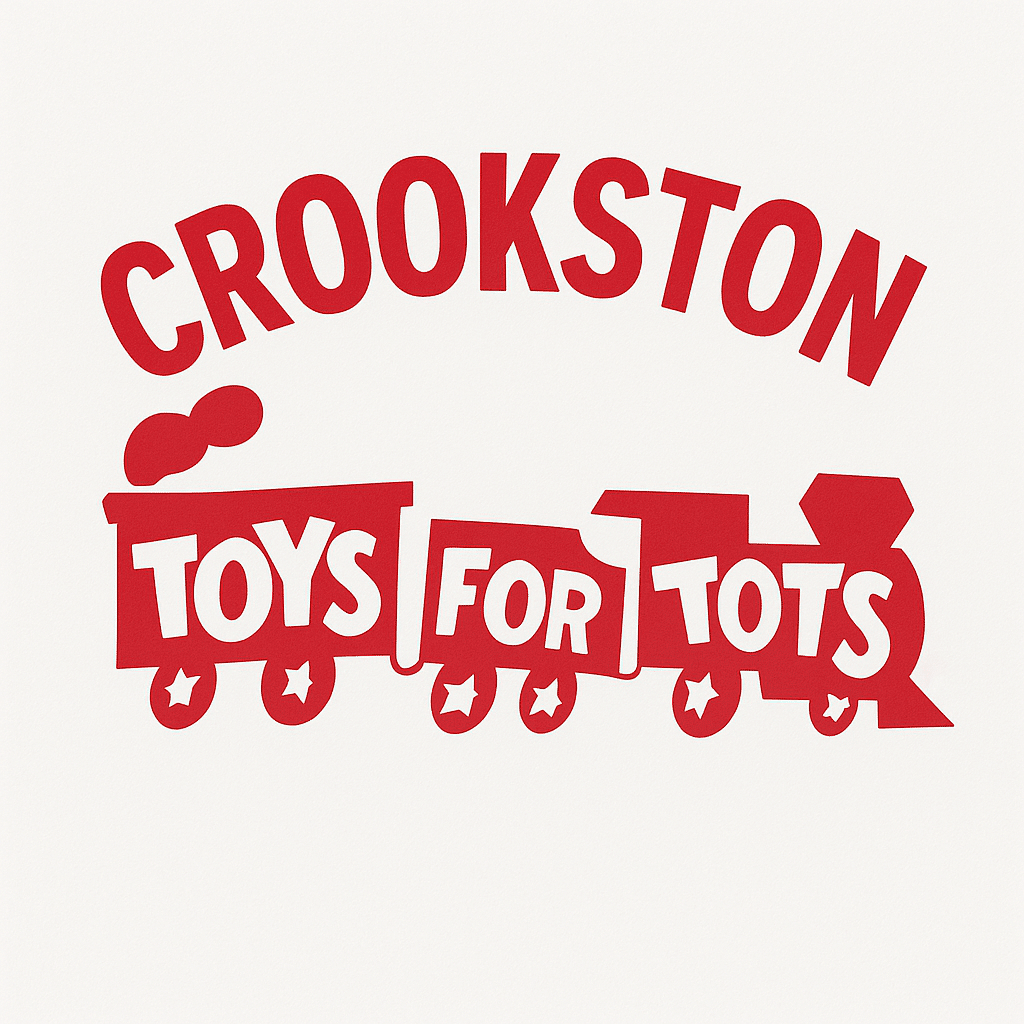The Polk County Developmental Achievement Center (DAC) provides day training and habilitation services to adults with developmental disabilities. Four clients at the DAC in East Grand Forks recently got to take part in a unique opportunity to help create a self-portrait.
Cody Stanley, program coordinator Polk County DAC in East Grand Forks, said one of the staff used her artistic talents to help the clients in her group create the self-portraits, which also show a bit of each client’s personality. “Part of our overriding mission at the D-A-C is putting the clients first and also doing everything we can in our power to integrate them into ‘normal society’ as much as possible,” said Stanley. “A lot of our staff here are very artistic and have wonderful artistic abilities. One of them, Vivian McKewin, is really good at art, drawing, painting and things like that. A lot of our individuals have never had the special focus it takes to have a portrait done of them. She worked in conjunction with the four people in her group to work on a portrait that accurately realistically represents them. But also gets a lot of their personality as well because they did a lot of the coloring and design of the portraits themselves with different books and textbooks she brought in for them to read through.”
The clients were involved in each step of the process, according to Stanley, who said it’s another example of the developmentally disabled population being capable of more than what many people give them credit for. “I think it took a total of three weeks,” said Stanley. “She found a few good photos of each person to use as the model and then worked on the outline. Then she brought in one of the large portrait artbooks that she had from college that has like 500 ways to do portraits in there and let the individuals look through this book and find portraits that they liked with different styles of coloring, shading, and things like that. And they got involved in the final creative product. It wasn’t just us telling them we’re going to have this done, having it done, and having them look at it. They were part of the process throughout the entire thing from beginning to end. You can call them portraits, but I like to call them semi self-portraits as well because the individuals helped create the, which further goes to show that individuals in the developmental disabled population are capable of so much more then what a lot of people give them credit for.”
Stanley said the portraits are a source of pride for the clients in creating something unique and special. “They absolutely love it,” said Stanley. “It’s unique and special. It shows their personality; they get to brag about it a little bit – hey, look at me, look at what I did, look at what I helped create. We haven’t quite figured out what we’re going to do with the finished product yet. Probably keep them on display here for a while, see maybe if they want to send them home or what. We might expand this to do more of our individuals here, and it might just become a thing that we do. The number one thing is they take a great sense of pride in it. I’d say that’s the biggest accomplishment out of all of this.”

